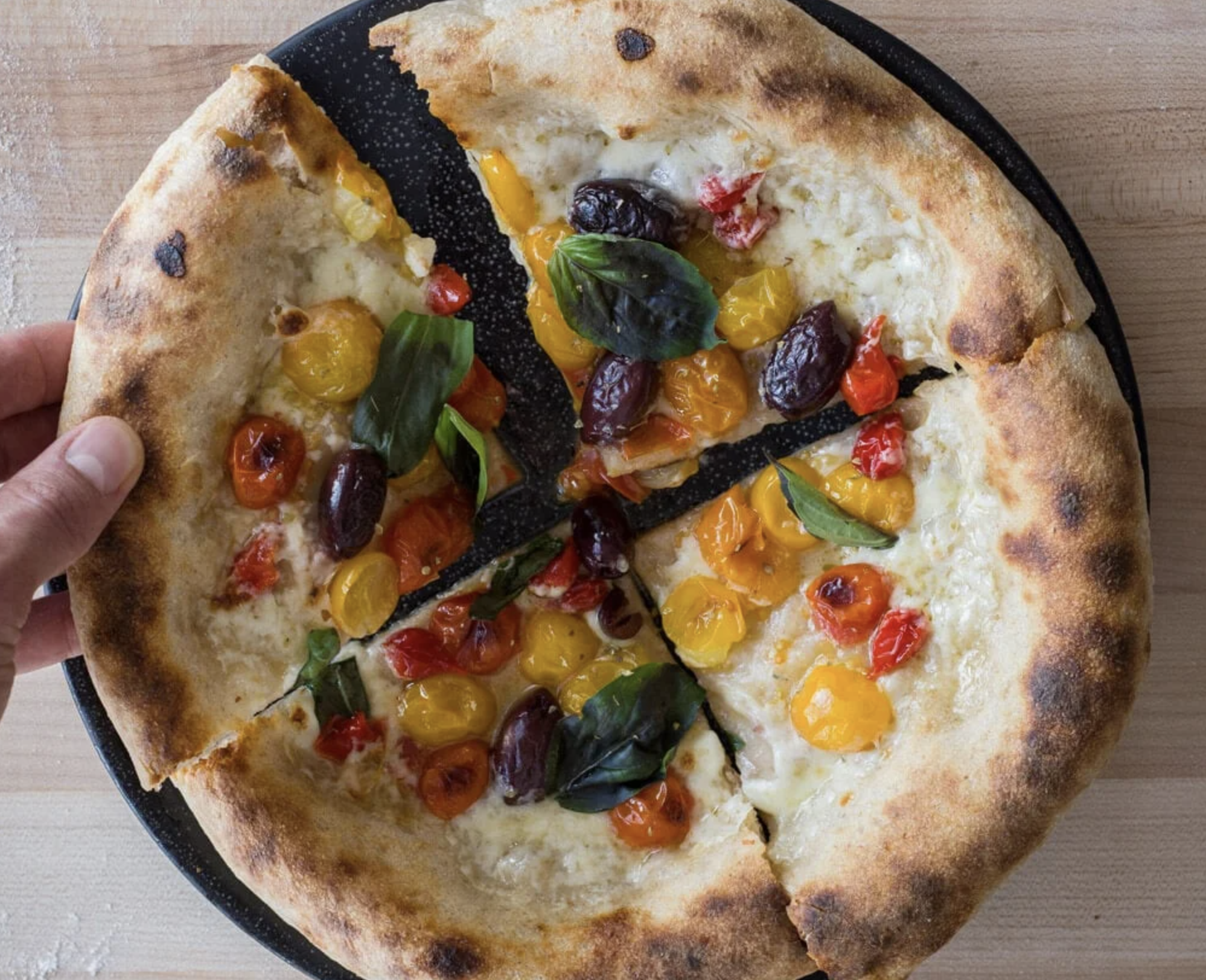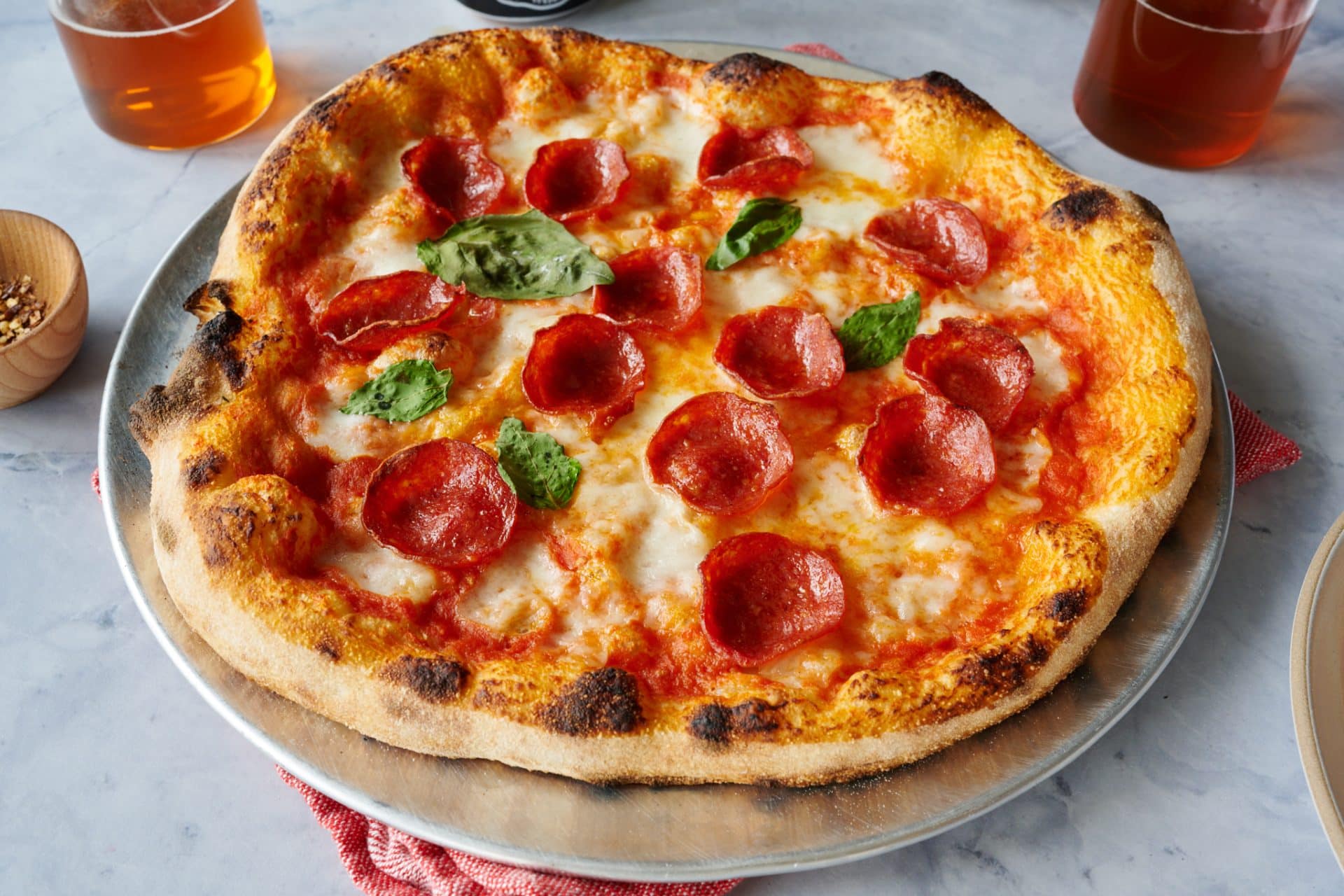Keeping your frozen pizza crust from getting hard is essential for enjoying a delicious, restaurant-quality pizza at home. The key to achieving a perfect crust lies in understanding the factors that contribute to hardness and implementing strategies to counteract them. Frozen pizzas are a convenient and quick meal option, but they often suffer from the common problem of a crust that becomes too hard during baking. This can detract from the overall enjoyment of the pizza, as a hard crust can be tough to chew and may not have the desirable texture that one expects from a good pizza.
The challenge is to preserve the moisture and texture of the crust while ensuring it cooks through and achieves a slight crispiness without becoming overly hard or brittle. By focusing on preparation methods, oven temperatures, and baking techniques, you can transform a frozen pizza into a delightful meal that boasts a soft, yet slightly crispy crust. Whether you’re a busy individual looking for a quick dinner solution or a pizza aficionado aiming to perfect the art of cooking frozen pizza, understanding how to prevent the crust from getting hard will elevate your pizza experience.


Robert Daniels is the founder and operator of Cruzroom a restaurant bar that features creative tacos, cocktails and events. A decorated bar with pop art offers an inviting and fun atmosphere for everyone. Robert has always been interested in the culinary arts, local dishes, creative drinks he likes to share his experiences about food & restaurants bars, which led him to start Cruzroom.com. He loves interacting with customers and hosting trivia nights and other events at the establishment. When he’s not working, Robert enjoys spending time with his family.









